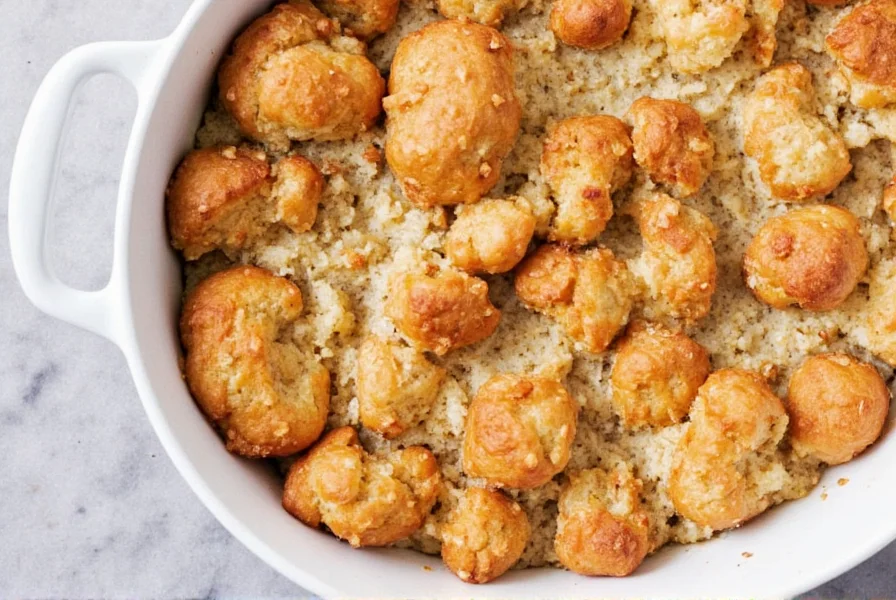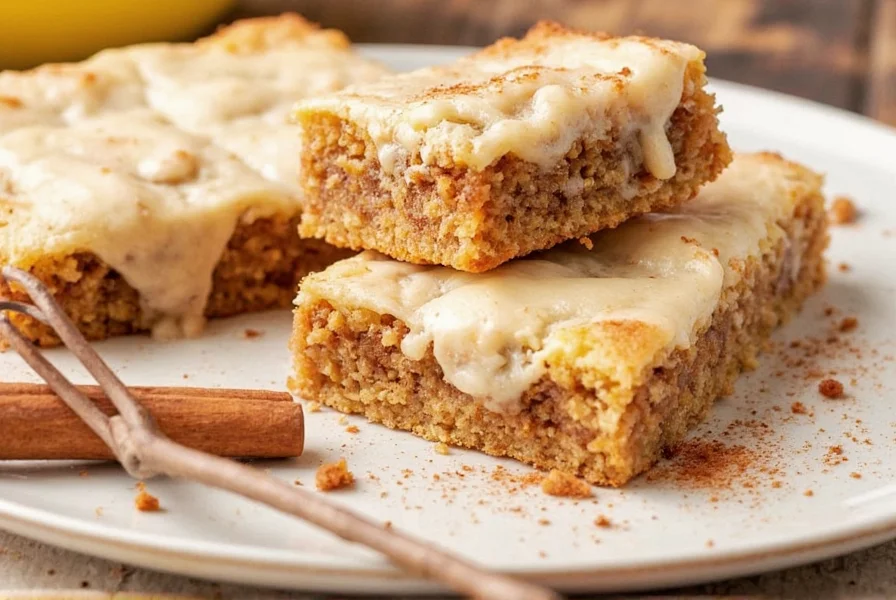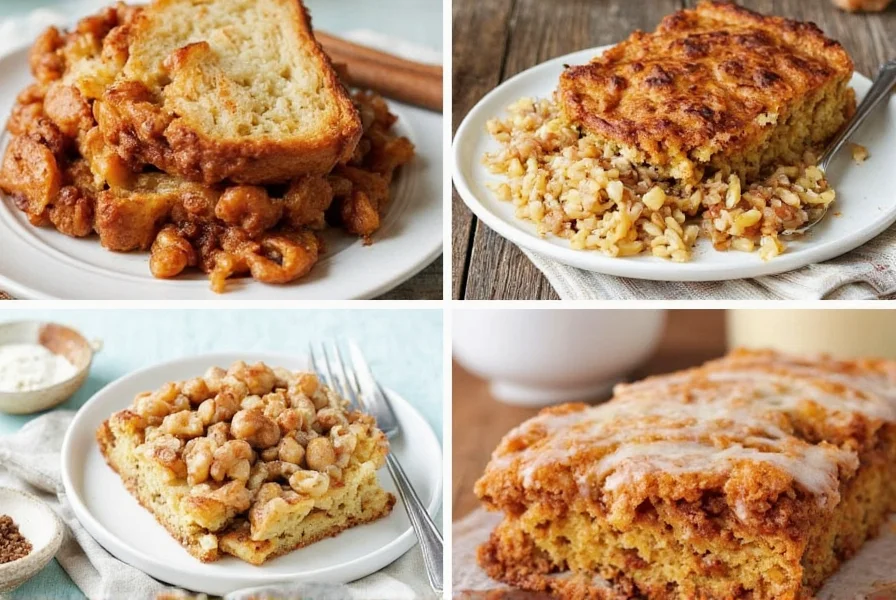Discover the magic of cinnamon in your kitchen with these versatile recipes that showcase this beloved spice in unexpected ways. Whether you're a beginner cook or an experienced chef, cinnamon's warm, complex flavor can elevate both sweet and savory dishes from ordinary to extraordinary.
Why Cinnamon Belongs in Every Kitchen
Cinnamon isn't just for holiday baking—it's a year-round spice powerhouse. This ancient spice contains antioxidants and may help regulate blood sugar, making it both delicious and potentially beneficial for health. The two main varieties—Ceylon ("true" cinnamon) with its delicate flavor and Cassia with its stronger, more familiar punch—offer different culinary applications.

Breakfast Recipes Featuring Cinnamon
Morning meals shine with cinnamon's warming properties. These easy cinnamon recipes for beginners start your day with aromatic delight.
| Recipe | Prep Time | Key Ingredients | Cinnamon Tip |
|---|---|---|---|
| Apple Cinnamon Overnight Oats | 10 min (+ overnight) | Oats, almond milk, apple, cinnamon | Add 1 tsp cinnamon to soaking mixture |
| Cinnamon Swirl Pancakes | 20 min | Flour, buttermilk, eggs, cinnamon sugar | Create swirl with cinnamon-sugar mixture before flipping |
| Spiced Cinnamon French Toast | 15 min | Bread, eggs, milk, cinnamon | Whisk 1½ tsp cinnamon into egg mixture |
Savory Dishes Enhanced by Cinnamon
Don't limit cinnamon to sweet applications—Moroccan and Middle Eastern cuisines showcase how cinnamon elevates savory dishes. These healthy cinnamon recipes incorporate the spice in unexpected ways.
Chicken Tagine with Cinnamon: Brown 4 chicken thighs, then sauté onions, garlic, and 1 tsp cinnamon. Add chicken, 1 cup broth, olives, and preserved lemon. Simmer 45 minutes until tender. The cinnamon creates a warm base note that complements the briny olives perfectly.
Cinnamon-Spiced Roasted Carrots: Toss 1 lb carrots with 2 tbsp olive oil, ½ tsp cinnamon, salt, and pepper. Roast at 400°F for 25 minutes. The natural sweetness of carrots pairs beautifully with cinnamon's warmth.
Classic Desserts with Cinnamon Twists
While cinnamon rolls remain iconic, these dessert recipes using cinnamon offer creative variations that impress.
Maple-Cinnamon Poached Pears: Simmer peeled pears in 2 cups apple juice, ¼ cup maple syrup, 1 cinnamon stick, and 3 whole cloves for 20-25 minutes until tender. Serve with reduced poaching liquid. This elegant dessert showcases cinnamon's ability to enhance fruit's natural sweetness.
Cinnamon Chocolate Truffles: Melt 8 oz dark chocolate with ½ cup cream. Stir in 1 tsp cinnamon and ¼ tsp cayenne. Chill, then roll into balls and coat with cocoa powder. The cinnamon adds complexity to the chocolate's richness.

Mastering Cinnamon in Your Cooking
Understanding how to use cinnamon properly makes all the difference in your recipes. These cinnamon cooking tips and tricks ensure perfect results every time:
- Storage: Keep cinnamon in an airtight container away from light and heat. Ground cinnamon lasts 6-12 months while sticks remain potent for 2-3 years.
- Measurement: 1 cinnamon stick equals approximately ½ tsp ground cinnamon in recipes.
- Timing: Add ground cinnamon early in baking recipes but toward the end of cooking for savory dishes to preserve its volatile oils.
- Pairings: Cinnamon complements apples, pears, sweet potatoes, chocolate, coffee, and warm spices like nutmeg and cardamom.
Avoiding Common Cinnamon Mistakes
Even experienced cooks sometimes mishandle this versatile spice. Watch for these pitfalls when creating cinnamon spice blend recipes:
- Overheating: Cinnamon burns easily—never toast ground cinnamon directly in a dry pan.
- Overpowering: Start with small amounts (¼-½ tsp per recipe) and adjust to taste.
- Confusing varieties: Cassia has higher coumarin content—use Ceylon for daily consumption if concerned about health impacts.
- Adding too late: In baking, incorporate cinnamon with dry ingredients for even distribution.
Conclusion: Embrace Cinnamon's Versatility
Cinnamon's ability to enhance both sweet and savory dishes makes it indispensable in any kitchen. By understanding how to use cinnamon properly across different recipe types, you'll create more complex, satisfying dishes that delight the senses. Experiment with these recipes using cinnamon as a starting point, then develop your own signature spice blends and applications.
Frequently Asked Questions
What's the difference between Ceylon and Cassia cinnamon?
Ceylon cinnamon ("true" cinnamon) has a delicate, sweet flavor with subtle citrus notes and comes from Sri Lanka. It's more expensive and contains lower levels of coumarin. Cassia cinnamon is stronger, spicier, and more common in supermarkets—it comes from China and has higher coumarin content. For daily use, Ceylon is preferable for health reasons, while Cassia works well for occasional baking where stronger flavor is desired.
Can I substitute cinnamon in recipes if I don't have it?
While no substitute perfectly replicates cinnamon's unique flavor, you can try allspice (use half the amount), a blend of nutmeg and cardamom, or apple pie spice. For savory dishes, a pinch of cumin with a touch of sugar might provide a similar warm quality. However, cinnamon's distinctive flavor profile makes it difficult to replace completely—consider it worth keeping in your spice collection for best results in cinnamon spice blend recipes.
How much cinnamon should I use in baking recipes?
For most baking applications, ½ to 1 teaspoon of ground cinnamon per recipe provides balanced flavor without overpowering. In yeast breads like cinnamon rolls, you can increase to 1-2 tablespoons in the filling. When using cinnamon sticks in liquid-based recipes (like mulled wine), one 3-inch stick typically flavors 4 servings. Always start with less—you can add more, but you can't remove it once added. Remember that Cassia cinnamon is stronger than Ceylon, so adjust accordingly when following easy cinnamon recipes for beginners.
Does cinnamon lose potency when cooked?
Yes, cinnamon's volatile oils begin to dissipate when exposed to heat for extended periods. For maximum flavor impact in baking, incorporate ground cinnamon with dry ingredients. In cooked dishes, add ground cinnamon during the last 10-15 minutes of cooking, while cinnamon sticks can be added earlier as their flavor releases more gradually. For beverages like chai, simmering cinnamon for 10-15 minutes properly extracts its flavor compounds. When creating healthy cinnamon recipes, remember that prolonged cooking reduces both flavor intensity and potential health benefits.











 浙公网安备
33010002000092号
浙公网安备
33010002000092号 浙B2-20120091-4
浙B2-20120091-4